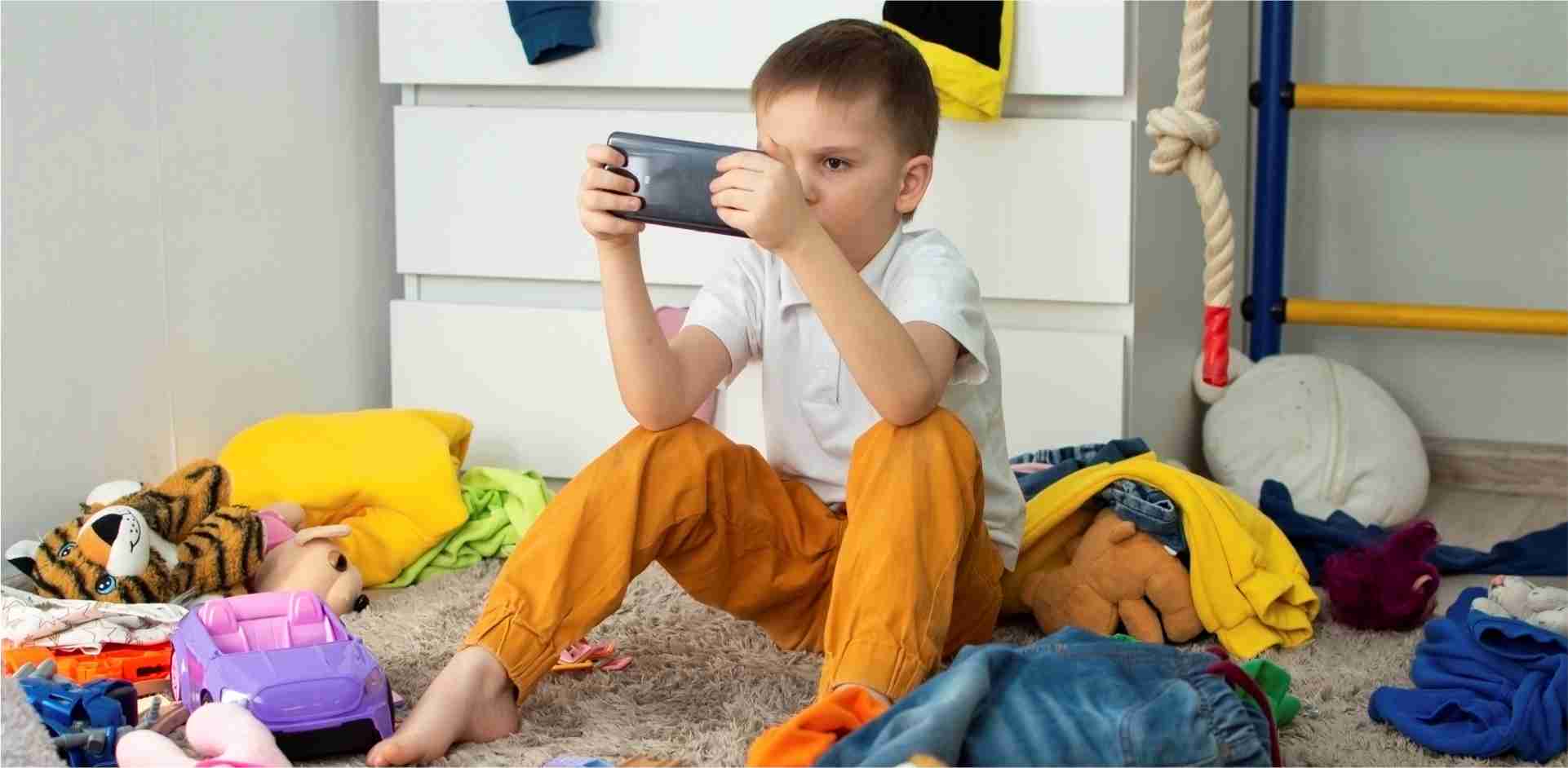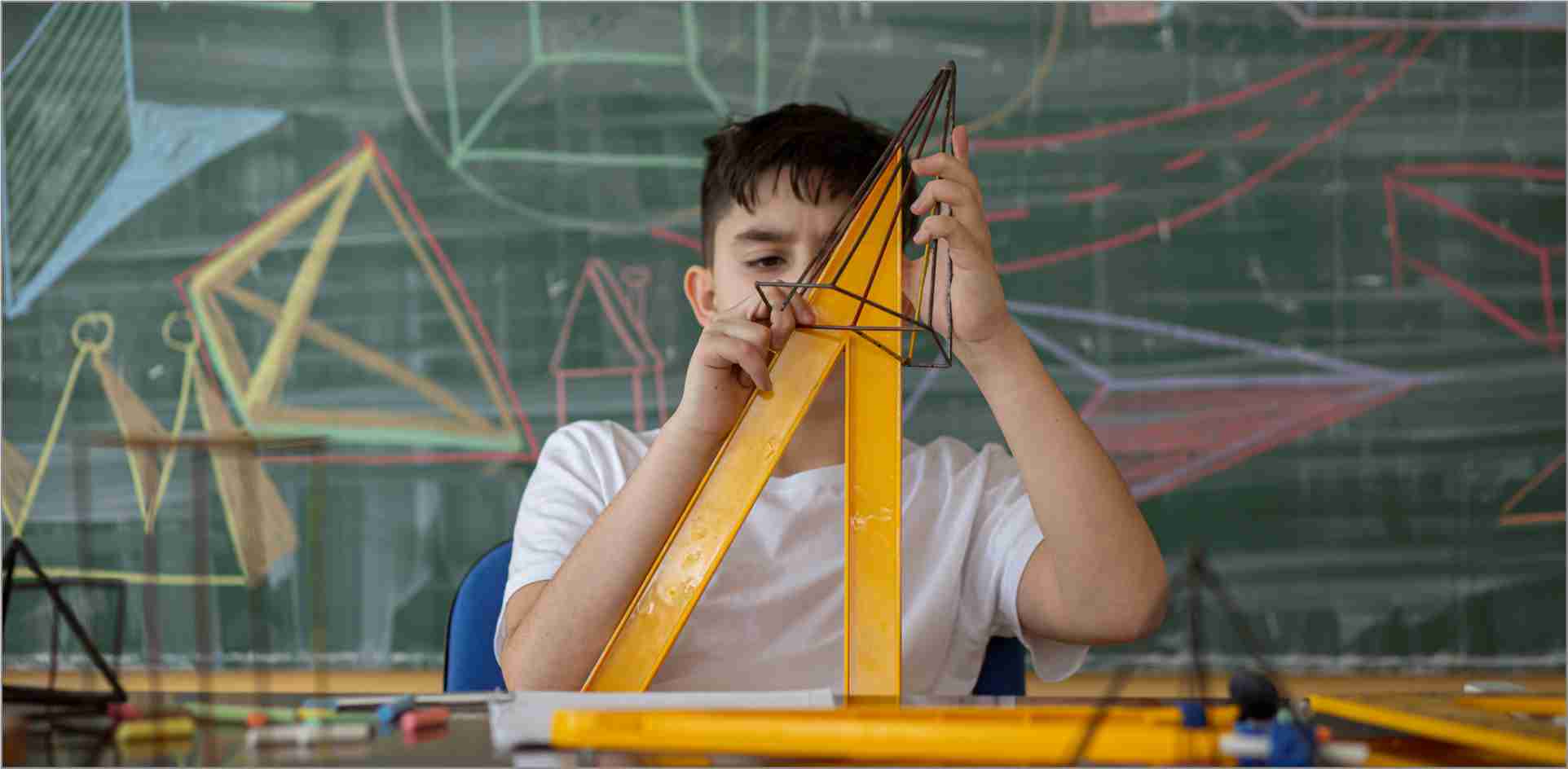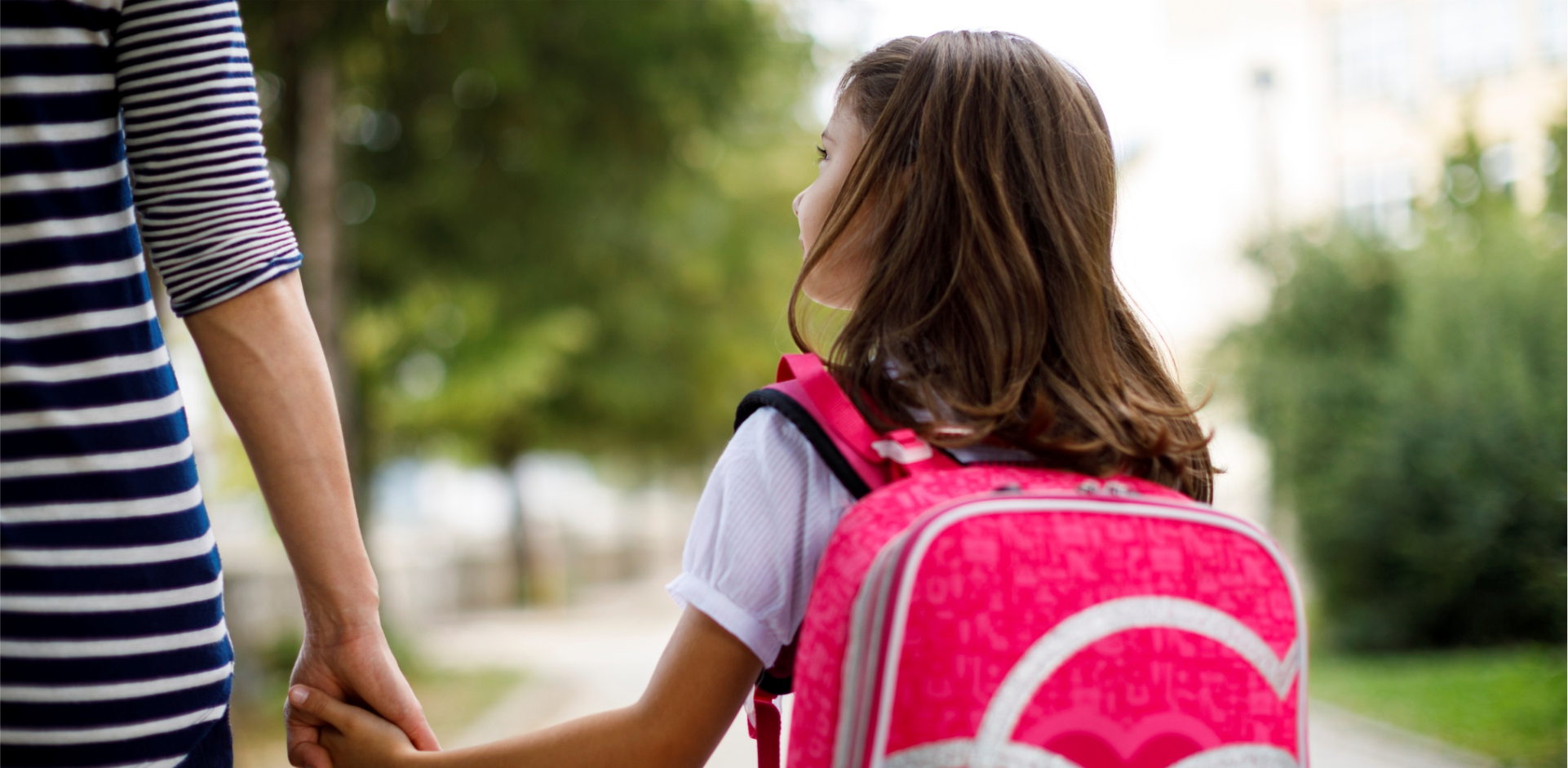![]()
Smartphones and tablets offer convenience that has made our lives easier in the last few decades. However, they also bring challenges, particularly concerning our children’s health and development. In today’s digital age, managing screen time for toddlers has become an essential part of parenting. Here are practical tips to help you reduce smartphone usage and encourage a healthier lifestyle for your little ones.
1. Understand the Impact of Screen Time
Before diving into techniques for reducing screen time for toddlers, it is important to understand why this is crucial. Excessive screen time can lead to issues like impaired vision, disrupted sleep, and reduced physical activity. Research suggests that children aged 2 to 5 should have no more than one hour of screen time per day, while for older children, balancing technology with other activities is key.
Trusted Source: American Academy of Pediatrics – Screen Time Guidelines
2. Set Clear Rules and Boundaries
Creating boundaries is a fundamental part of managing children’s smartphone exposure. Establishing clear rules about when and where smartphones can be used helps your child understand and respect these limits.
- Designate Phone-Free Zones: Establish areas in your home, like the dining room and bedrooms, as screen-free zones. This ensures family time and sleep are not interrupted by screens.
- Set Time Limits: Use tools like parental control apps to monitor and set daily limits on screen time. This helps maintain a balance and reinforces healthy screen habits for children.
- Bedtime Routine: Incorporate relaxing activities into your bedtime routine that do not involve screens. This can improve sleep quality and overall well-being.
3. Introduce Smartphone Alternatives for Children
One effective way to reduce screen time is by providing smartphone alternatives for children. These can engage your child in a more interactive and productive manner.
- Educational Toys: Invest in toys that promote learning and development. For instance, building blocks, puzzles, and activity books are excellent screen-free activities for toddlers.
- Interactive Books: Encourage reading with interactive or sensory books that make learning fun without a screen.
- Outdoor Play: Encourage activities like cycling, running, or playing in the park. Outdoor activities are great for physical health and provide an alternative to smartphone addiction.
4. Promote Engaging Offline Activities
Encouraging offline play for children is crucial in developing their social and cognitive skills. Here are some ways to make offline Play more appealing:
- Arts and Crafts: Set up a craft station with supplies for drawing, painting, or building. Craft not only stimulates creativity but also keeps children occupied without screens.
- Board Games: Introduce age-appropriate board games. Games like Memory Match or simple strategy games can be engaging and educational.
- Cooking Together: Involve your child in simple cooking activities. This can be a fun way to teach them about healthy eating while spending quality time together.
5. Be a Role Model
Children often mimic their parents’ behaviours. If you want to limit smartphone use for children, start by setting a good example.
- Limit Your Own Screen Time: Show your child that it is possible to enjoy other activities by reducing your own screen time. This helps in balancing technology use in children.
- Engage in Family Activities: Spend time playing games, reading, or going outdoors as a family. This reinforces the value of screen-free activities.
6. Use Technology Wisely
While the goal is to reduce smartphone use, technology can also be used to your advantage.
- Educational Apps: If your child uses a smartphone, choose educational apps that promote learning. Ensure these apps are age-appropriate and set time limits for their use.
7. Build Social Skills and Balance
Social skills are crucial for a child’s development. Encourage your child to interact with peers and family members through engaging activities that don’t involve smartphones, while also teaching them the importance of balancing screen time.
- Playdates: Arrange playdates where your child can interact with friends in a supervised environment. This promotes social skills and reduces reliance on screens for entertainment.
- Creative Playtime: Encourage your child to use their imagination with activities like drawing, building with blocks, or playing with clay. These fun activities help them stay entertained and learn new skills without screens.
- Open Conversations: Talk to your child about the benefits of balancing screen time with other activities. Explain how reducing screen time positively impacts their health, learning, and social skills, helping them understand and appreciate the value of a balanced lifestyle.
Conclusion
Managing children’s smartphone exposure and reducing screen time for toddlers is essential for promoting a healthy and balanced lifestyle. By setting clear boundaries, offering engaging alternatives, and being a role model, you can help your child develop positive habits that extend beyond screen use. Remember, the goal is to create a balanced environment where technology complements, rather than dominates, daily life.
Implement these tips to ensure your child grows up with a healthy relationship with technology and enjoys a well-rounded childhood.
Get to know more Learning Activities to Engage a Pre-schooler at Home.





